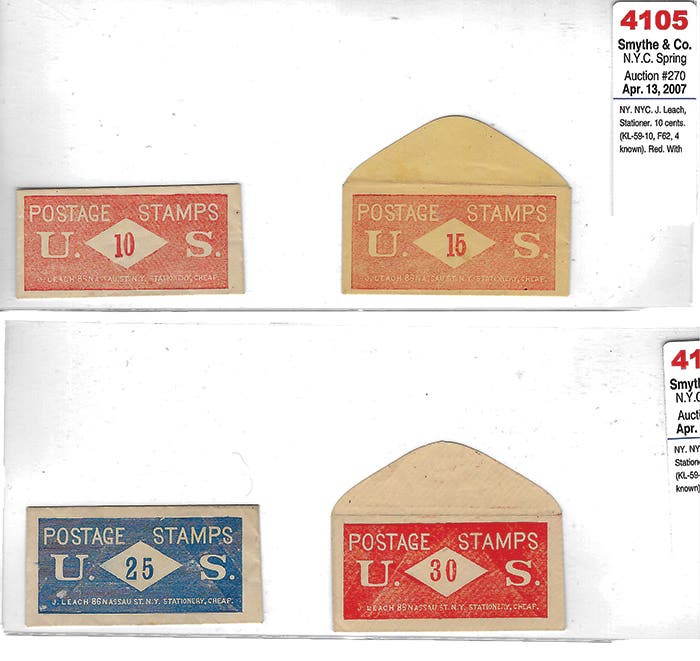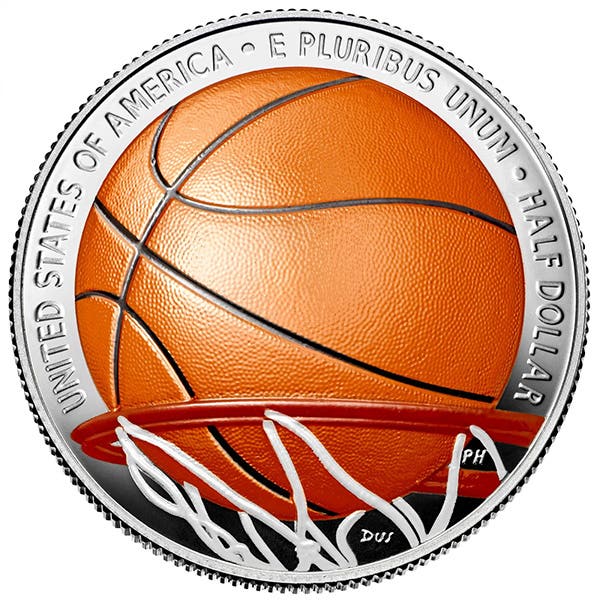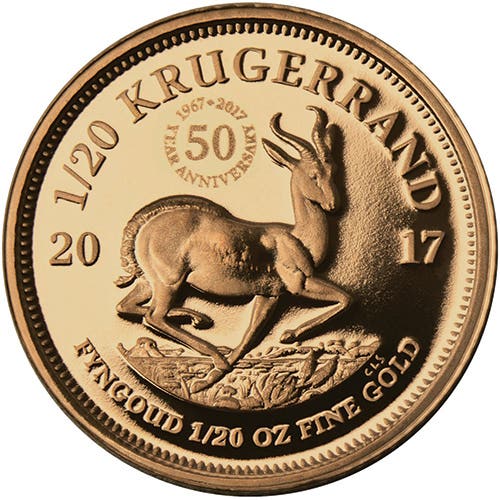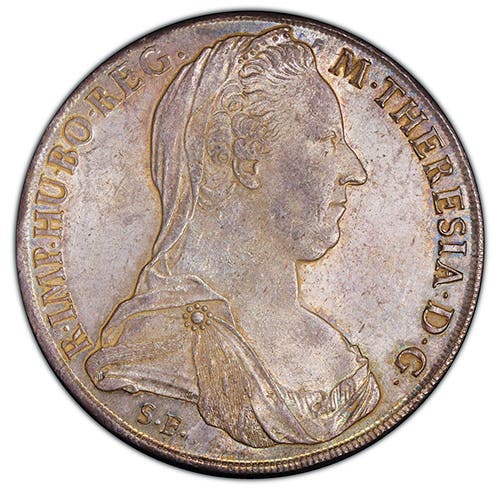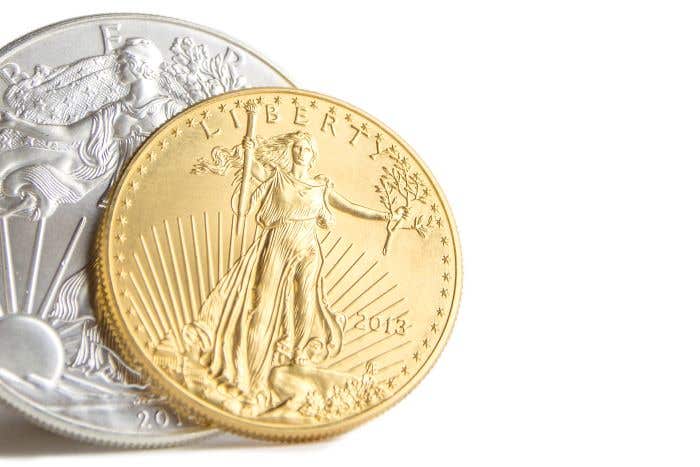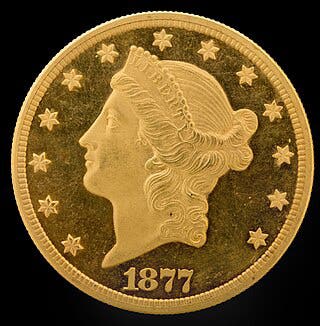Community Voice Responses (09/27/2011)
Should the U.S. Mint keep the cent and/or nickel but change to a cheaper composition?
From the Sept. 2 Numismatic News E-Newsletter:
Should the U.S. Mint keep the cent and/or nickel but change to a cheaper composition?
I have been doing some thinking about this issue over the last few months.
The only reasonable course is to change the alloy used to make the nickel. A new alloy must be one that saves money for the government and does not cause too much hassle for the vending machines.
As for the cent, I think it would be a good idea to stop making the denomination for circulation. Instead, the cent should only be made for collectors. This is same strategy used for half dollars, Anthony dollars, and Sacagawea dollars.
While an alloy change for the cent would be a good idea, there are so many cents already in circulation and in vaults. Why spend money to add to the pile?
Joshua Holman Havelock, N.C.
1. Eliminate the cent. It is a nuisance coin. Like millions of Americans, I have a tub of them taking up room. Too many and heavy to carry in your pockets. For cast transaction just round up or down to the nearest 5 cents.
2. Keep the nickel, but make it out of stainless steel, aluminum, or even plastic. Or, reduce it in size to the old half dime.
3. Eliminate the dollar bill, and put the dollar coin in circulation. As in Canada and England, the public will accept it, especially if they know it will save money. We have billions of dollar coins in storage and growing daily, so this could be done immediately.
4. Eliminate the $5 bill and replace it with a coin the same size as the half dollar.
Roger W. Pierce Anderson, Calif.
I would like to see the 1 cent dropped completely. If we make the cent out of any cheaper material, it is going to cost more to keep supplying the penny because they are not going to last long at all. Make everything come out to 5 cents on our purchases.
Jim Boehs Leland, Miss.
The cent and the nickel both need to be discontinued. What can you buy for a penny, or a nickel for that matter? The cost alone is reason enough to abolish them. Any good business person knows when it is time to cut your loss. I think the Mint needs to give this some serious thought.
Bryan Willis Los Lunas, N.M.
For now, keep it. We have far too many other priorities to concern ourselves with. At the end of the day, it does not matter.
Roger Sollie Flourtown, Pa.
Just off the top of my head, how about going back to a 3-cent piece and the half dime? It may work or it may not work.
Anything is better than what the Mint is doing now with the price of the principal base metals for coins ever increasing.
Bryan New Columbia, Ky.
The answer to the U.S. coin dilemma lies to the north. Do what the Canadians did with all their coinage and their dollar bills.
Next step, get rid of the cent. Drop one on the street and watch how many people stop, stoop and pick it up. Most people have better things to do except maybe coin collectors looking for that elusive doubled die cent. Our group offered this opinion and also that the $2 bill reverse would have been an excellent canvas for the National Parks commemoratives instead of the quarter. This would definitively have been a home run for all taxpayers.
Roy Richard
The Treasury Department should recommend to Congress and the House to stop minting both the cent and the 5-cent pieces because they are losing money in the production of these coins in their current composition. Since both coins have little or no purchasing power these days, it probably would be wise to discontinue production of both coins, like much of the rest of the world has done.
However, should the government wish to continue both coins “out of tradition,” it would be best to produce the cent in aluminum-bronze and the nickels in perhaps aluminum-zinc to keep its “silverish” color and add weight to the coin. But then we wouldn’t be able to call the new coins “nickels” anymore.
Or, another solution would be to do as the euro and reduce the cent in size (to the same diameter as the 1 euro cent) and use copper-plated steel planchets for both the cent and 5-cent coins. It’s been over 10 years since the euro coins have been produced, and there seems to be no confusion between the copper-plated steel 1, 2-, and 5-euro cent coins.
What to call them now? How about “coppers?”
Bill Tuttle Cleveland, Ohio
As for the cent coin, I have enjoyed collecting it in my pre-teen years. For now I view it as outgrown for use in circulation. On several trips to the Netherlands, many business owners round up or down. On my spending habits my difference was less than 10 euro cents per trip. This can save needed taxpayer dollars. Cents can still be made for proof and uncirculated sets at no increase in shipping. Also eliminate the dollar bill, promoting use of the dollar coin usage (many vending machines do take them now).
Gary Kess Escalon, Calif.
I think the U.S. Mint should continue to mint the 1 cent (penny) and the 5-cent (nickel) coins and perhaps use a different composition to make them. I would sure hate to see these coins disappear from circulation, as the U.S. minted half dollars have.
I’m 70 years of age, and have been collecting U.S. coins for over 50 years. I enjoy American history, and U.S. coins, help me to better understand just how hard things have been for our country.
Larry W. Young Tyrone, Ga.
I feel the cent should be eliminated and the nickel be plated zinc. The paper dollar should be swapped with the coin. The $2 bill should go too. A new $200 bill should appear and a new $2 coin should be minted.
I know the paper dollar would go down hard. Americans like the same old stuff and are reluctant to change.
R.W. Mitchell Fairfax, Va.
Keep the penny, why should we pay for the failure of the government to control inflation?
The actual solution is to do what Andrew Jackson did and get rid of the fed and eliminate the debt. Our current money is based on debt and uses inflation to absorb overspending, cure that and the inflation issue goes away.
Steven Medved Kissimmee, Fla.
The cent should go the same way the 3-cent coin did and the other obsolete coins of the past. The stock market changed from fractions to whole numbers and the coin system can do the same thing with very little remorse.
George Conner Rogersville, Mo.
We no longer have any need for cash. With today’s technology we can have accounts that track our money. With finger print scanning there could be no risk of fraud. The benefit of this method is breathtaking.
First there would less exposure to mugging since no one would have to carry cash. But the greatest saving is not having the cost of minting billions of coins and the Federal Reserve not having to print bills that only last in circulation for a few years. The impact of this method is so far-reaching it would even help control of drug dealing and unreported income.
Henry M. Akin III
It is totally useless to keep the penny. It costs too much to make, and with the inflation of the dollar it has no real value.
Lynn E. Turley
Leave well enough alone.
Donald Sloop
My vote is to get rid of both units. But if we do keep them as monetary units, they should be produced out of steel or aluminum. And while we are at it we should be proactive and change the composition and size of the dime as well to reflect its value. Size down the cents and nickels and size up the dime.
Michael Mooney
I agree with David L. Ganz. Keep them, but go to an aluminum/steel composition.
Doug Manship Jr.
Yes, keep the cent and the nickel. Here is how: First, issue 52 1 cent coins for every 100 being made. To make up the difference, issue 16 trimes (3-cent pieces) 16.5 mm with a scalloped edge.
Next, issue 14 nickels for every 20 being made today. Issue two 15-cent pieces (23 mm with a heptogon shape) to make up the difference.
For the 1 cent coin, instead of 10 we have 52 + 16= 68. We are already saving materials for 32 coins. Multiply this by the millions of coins made.
For the 5-cent coin, instead of 20 we have 14 +2=16 coins, already saving materials for 4 coins.
Additonally, to help pay for all of this, we could issue a $2 and $5 coin, one white with a yellow center, the other the opposite.
These coins are only to raise money, not to replace the $2 and $5 bills.
We charge face value $7.18 plus costs and just round this up to $10 per set of coins. Multiply this by the millions of sets sold and the money raised will offset the rising costs for copper and nickel and zinc.
Lastly, each of the four mints can issue their own set of coins. Some like the 1 cent coin will have a commona obverse and four different reverses.
Now take the money generated at $10 per set and multiply this by four.
Wayne Pearson
Get rid of the cents. They are a big nuisance.
Frank R. Wagner Chesapeake, Va.
It is time for the U.S. to recoginize that the penny and possibly the nickel need to go the way of the 1/2-cent, 2-cent and 3-cent coins. It is just plain stupid to spend more to make the coin than the face value of the coin. However, Congress is not able to work on any logical fact-driven solution to any issue. Too bad.
Jim Marasia
I think the Mint should consider replacing the cent and the nickel with a 2 1/2-cent piece. Make it copper nickel and the same size as the old trime. Release it in Mint sets only the first two years while the vending/coin-sorting companies adjust their machines.
Dennis Paulsen
Stop production and end the waste of federal reserve cash.
Wesley Ellis Portland, Ore.
I would imagine that any metal used will not work sooner or later, based on the fact that it is not getting cheaper to mine and smelt any metal due to higher energy costs. Old copper coins are treasures, and even though our cent does not qualify anymore, it brings back memories. I can see it now, just like we have “collector silver Eagles” we will be getting ads from the mint offering copper cents for the collector. After all, the special offerings during the 100th anniversary of the Lincoln cent was a sell out. So let that support the poor cent in the future and put it squarely on the backs of the collectors as is done with every other coin. I have yet to see an ATB quarter in circulation, so other than the T.V. hucksters, the Mint or a coin store, the only choice for the collector is to pay 12.5 percent more for a coin. I don’t see them crying about that.
Alan Hepler, Laytonsville, Md.




